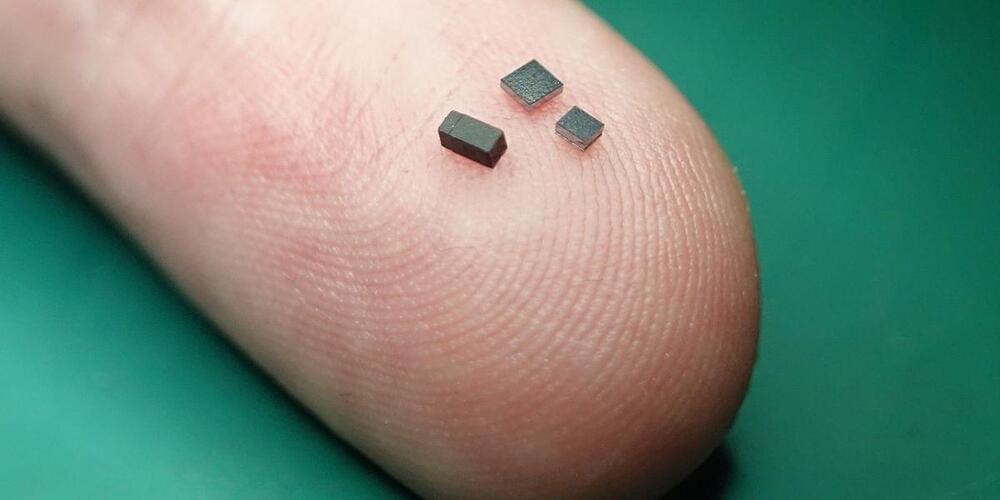We have a Discord server! Come join us, I answer questions on my videos regularly! https://discord.gg/TNB4nSCKBt.
Happy Winter! I’m back with another upload, very different in style from my normal content. I’ve wanted to do a Mars colonization video for some time, but I wanted to get Far Future Uranus out and work on a couple other things not content-related beforehand. Making this video was pretty fun, surprisingly. I expected far more terrain buggyness than I actually encountered, and the Starships were really fun to fly. Getting good Starship / Super Heavy landing catch shots was a bit tedious, but it ended up looking good in the end. I’ll be back to more normal content (stuff like Far Future Uranus/Beyond Sol) next time. Also, the 1st part of this video (the part synced to Flight Hymn) is obviously inspired by @NessusKSP in his Far Future Saturn video, hats off to him for making some great content with it!
Disclaimer:
This video is in no way suggesting that the timeline used is realistic or possible.
Game: Kerbal Space Program 1.12.
Mods (nonexhaustive list):
Real Solar System (obvious)
Realism Overhaul (makes things more realistic and difficult)
PRVE (RSS visuals)
RSSCanaveralHD (Makes the Cape look good)
TUFX (postprocessing, Ballisticfox’s configs)
Parallax 2.0
Starship Expansion Program.
Far Future Technologies (ground components)
Near Future Technologies.
Stockalike Station Parts Expansion Redux.
Planetside Exploration Technologies (colony parts)
USI Kolonization Systems (used for the large domes on the colony)
Procedural Parts.
Kerbal Reusability Expansion.
Booster Guidance (landing guidance)
Camera Tools (advanced camera movement)
Music:







